The film follows Harley Quinn (Margot Robbie) who has recently broken up with infamous Batman villain, the Joker. As a result, Harley is vulnerable to everyone she and the Joker has wronged to have their revenge, such as Roman Sionis, aka the Black Mask (Ewan McGregar). Sionis not only wants revenge on Harley, he is after a diamond that contains an entire mob fortune. This ropes in various characters such as Renee Montoya (Rosie Perez), a cop who’s putting together a case against Sionis, Dinah Lance (Jurnee Smollett), a singer for Sionis who becomes his personal driver, Helena Bertinelli (Mary Elizabeth Winstead) a revenge seeking vigilante, and Cassandra Cain (Ella Jay Basco) a teenage pickpocket who holds the diamond Sionis seeks.
The two standout performances in this film are Margot Robbie as Harley Quinn and Ewan McGregor as Roman Sionis. Robbie perfectly captures the manic, chaotic, and over the top nature of Harley while also giving her humanity both in her both in her comedic and tragic moments. McGregor delivers an over the top performance that makes him look like he’s having the time of his life while also being able to play a sinister sleaze.
The use of Harley Quinn as the primary character and narrator also allows for stylistic experimentation. Whenever someone attacks Harley, a name and motivation would pop up similar to how the movie Suicide Squad (David Ayer, 2016) introduces members of the afomentioned name. The film also makes use of animation to explain Harley’s backstory. There’s even a break in the film for an homage to Gentlemen Prefer Blondes (Howard Hawks, 1953). While the placement of this homage initially threw me off and temporarily took me out of the film, on closer consideration, it actually tells exposition through the details given to the audience, the lyrics, the characters included in the homage and what they are doing, given the context of the rest of the scene around it.
The film seems to be interested in the idea of women breaking free from toxically masculine systems. Each Bird of Prey is under the thumb of someone who takes advantage of them or has hurt them. Sionis is the most overt toxic structure, as he is seen belittling women and trivialising other cultures by the way he talks about their masks. He is also shown to be severely insecure, as he lashes out whenever he is threatened.
Birds of Prey’s primary joy is the idiosyncrasies and stylistic flourishes both structurally and presentationally. With a combination of strong action directing and a character driven story structure, Birds of Prey creates a fun ensemble film that sets itself apart from other superhero films. While its sense of style and personality may be abrasive to some, I found it to be an fun, stylish, and creative addition to the superhero genre.

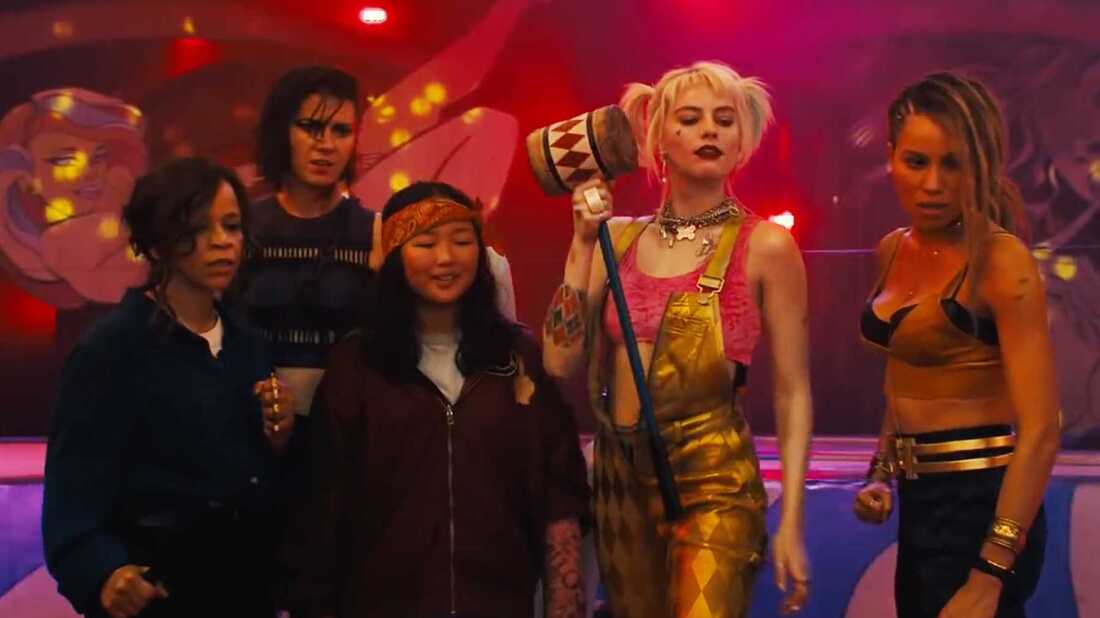
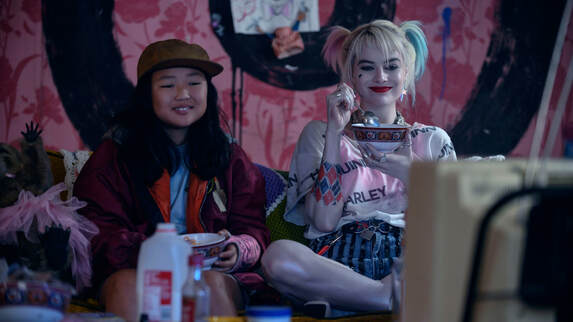
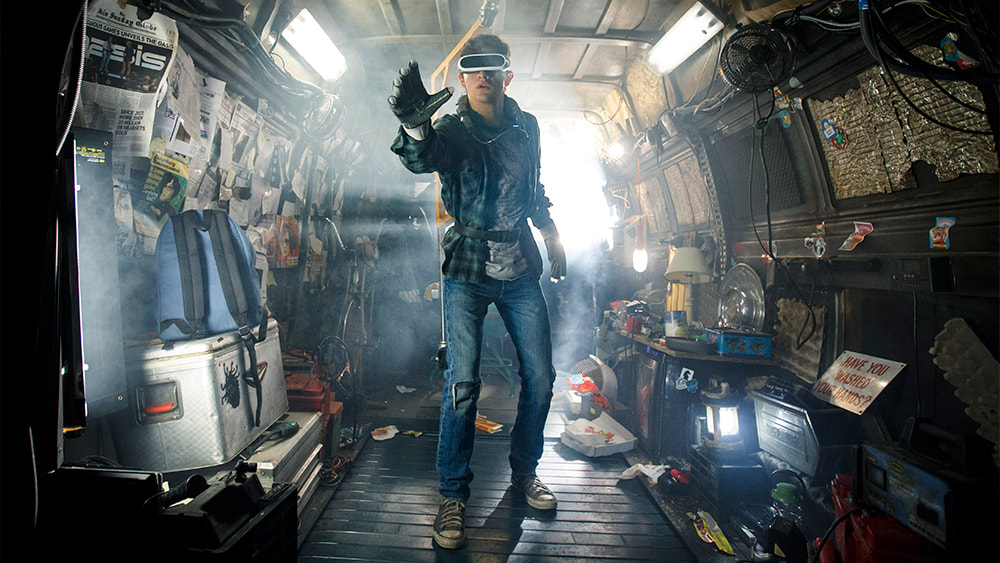
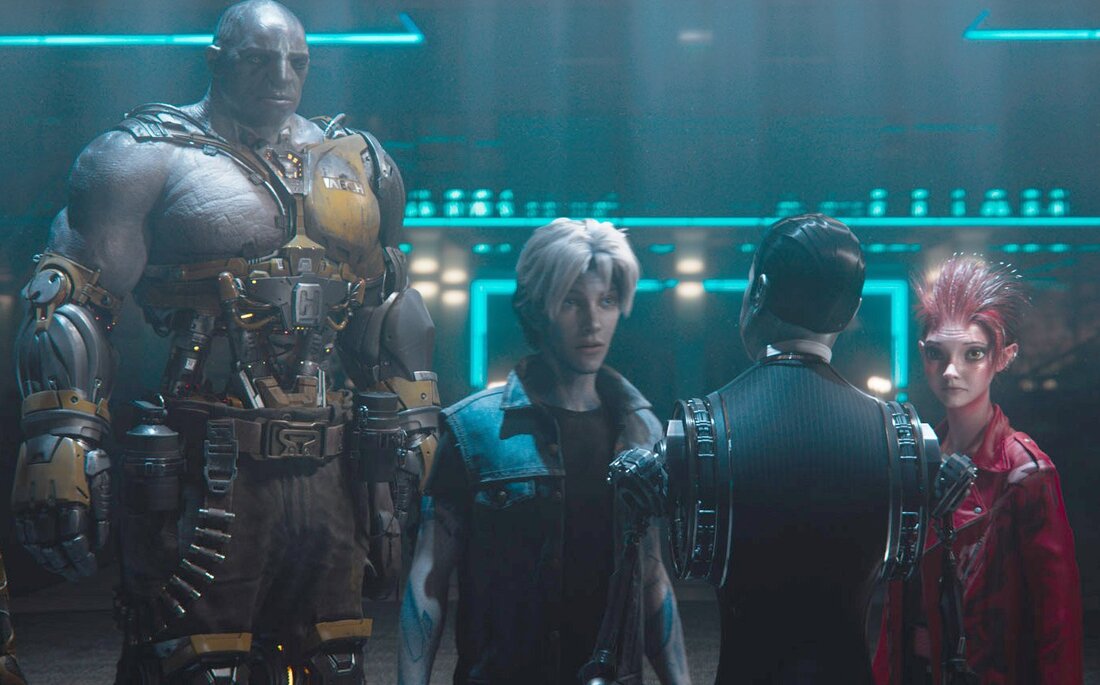
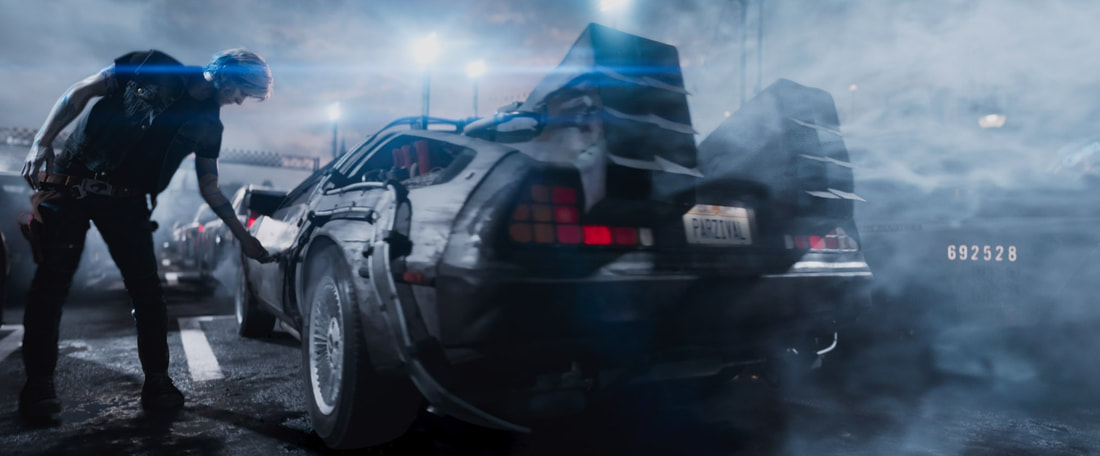
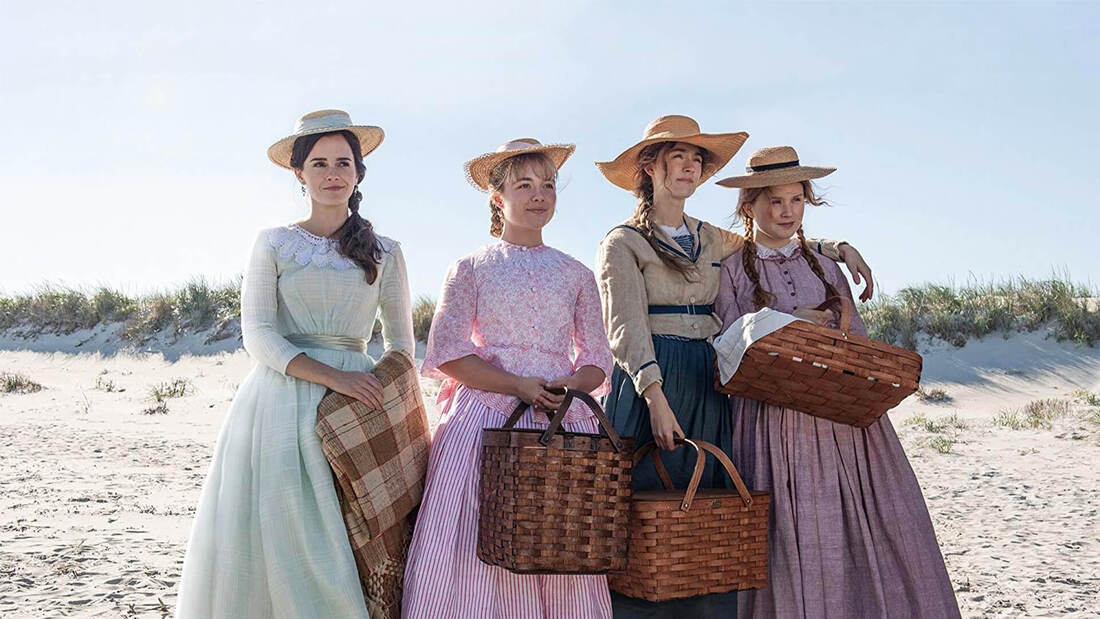
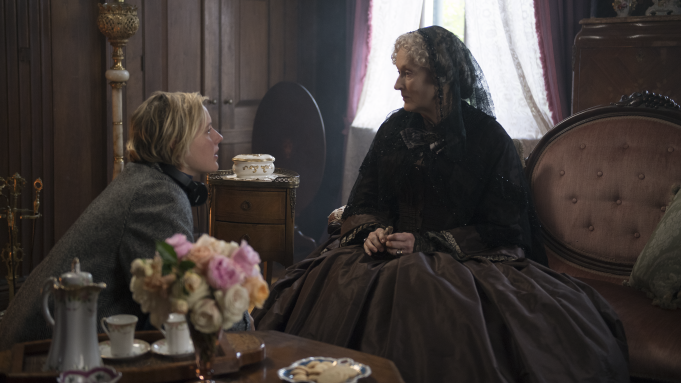
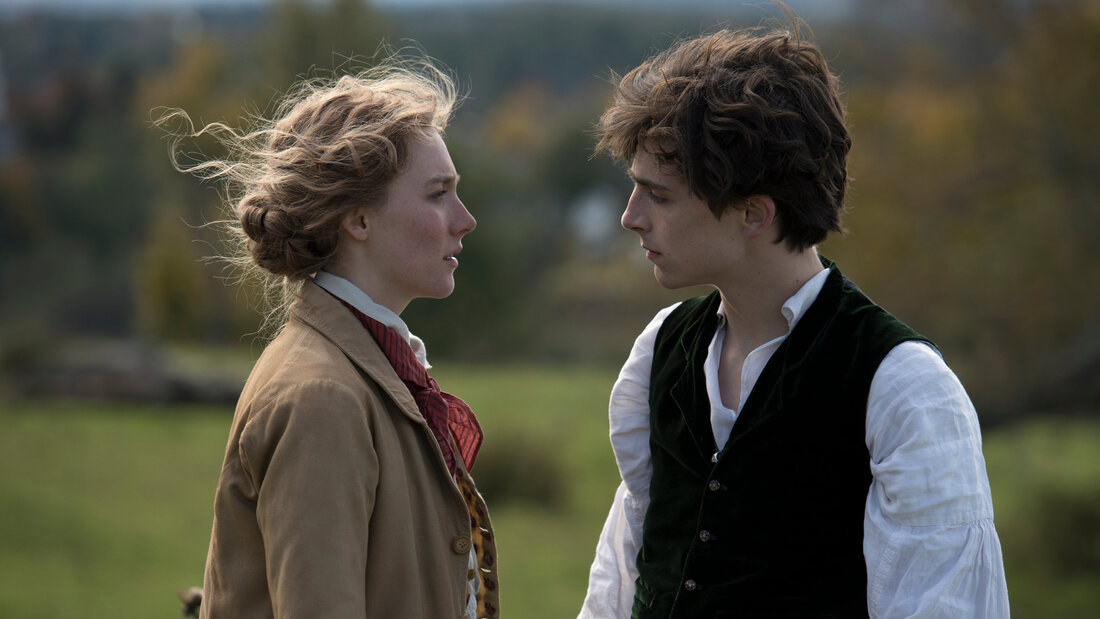
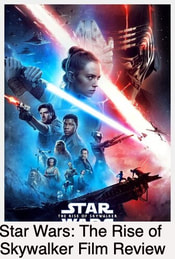
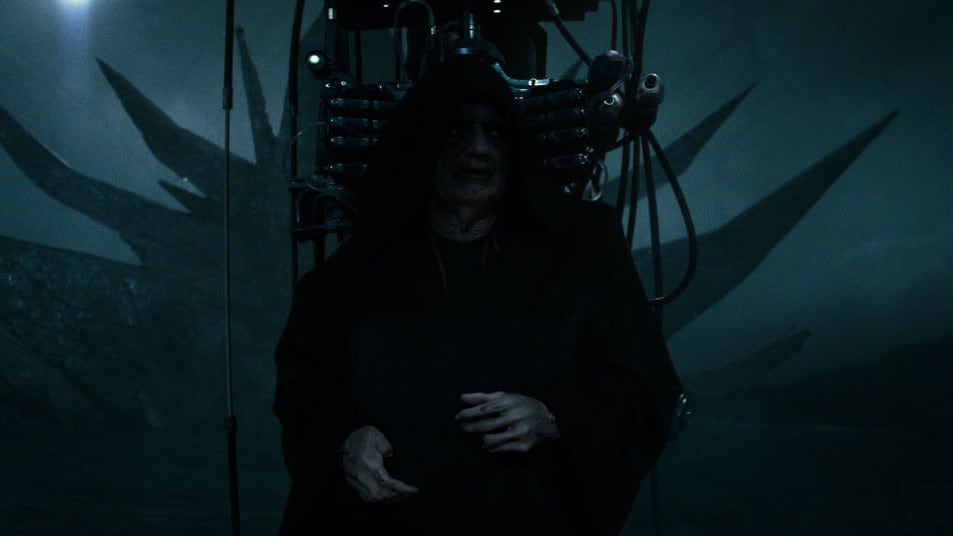
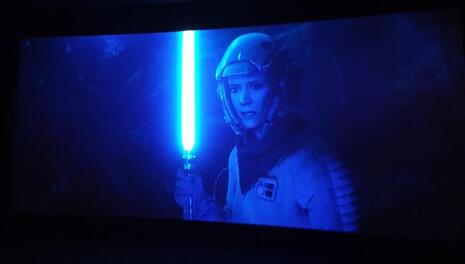

 RSS Feed
RSS Feed
